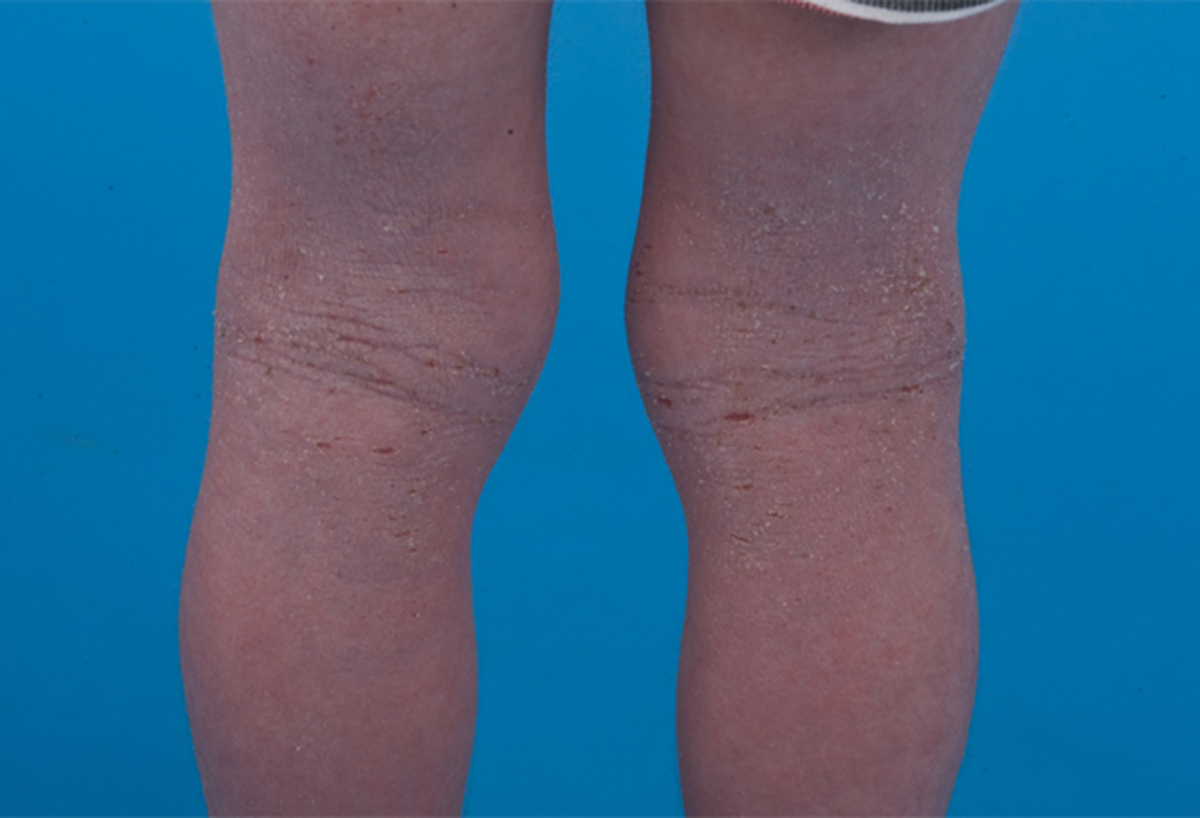
If you have a chronic, inflammatory skin condition that favors skin creases, such as the elbow or knee folds. Atopic eczema is quite a common condition, and it affects about 15-20% of school children. The condition also affects as much as ten per cent of adults. This condition tends to manifest quite early in life, and as much as 80% of cases occur before the age of five.
Causes and triggers
There are many different types of trigger that can lead to the onset of atopic eczema or dermatitis. Irritants such as soap and detergent, and other contact allergens can be prime triggers for the condition. Abrasive fabrics, such as wool, can also lead to a triggering of the condition. Skin infections are another common cause of this type of eczema; straphylococcus aureus is one such infection. Extremes of temperature can also be potential triggers. One might also suffer from triggers such as inhaled allergens; allergens such as this include dust mites, pollen, pet dander and mould. Diet can also be an aggravating factor when it comes to atopic eczema. This is more common in children than in adults.
Stress is something that might also aggravate atropic eczema. Ironically, the eczema condition itself can be a cause of psychological distress. In women, hormonal changes can play a part in triggering an attack of atropic eczema.
Diagnosis
In order to diagnose the condition, doctors must visibly recognize an itchy skin condition, as well as a history of itchiness in skin creases, asthma, hay fever, visible flexural eczema, or general dry skin. In children under the age of four, atopic eczema can particularly affect the cheeks, forehead and outer limbs. In general, atopic eczema will affect the folds of the elbows, behind the knees, the fronts of the ankles, and the neck. If the affected area does not itch, it is likely that it is not due to eczema. The distribution of the condition tends to vary with age. Persistent scratching can also lead to the appearance of lesions.
In the case of acute flare-ups, there may be a varied appearance, from vesicles to areas of general redness. In the infancy stage, atopic eczema generally affects the face, scalp and the extensor surfaces of the limbs. For those with the long-standing version of the disease, the eczema is generally localized to the flexure of the limbs. There is often a generalized itching and dryness in most adults.


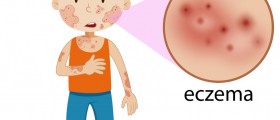
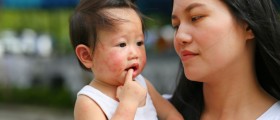
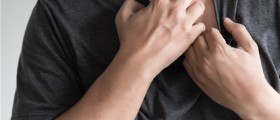
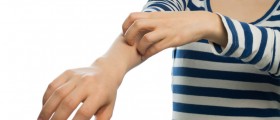

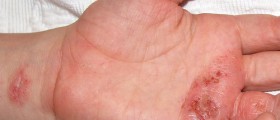
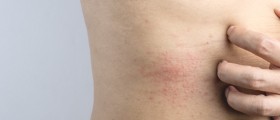

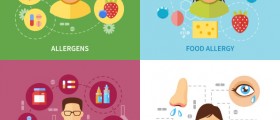
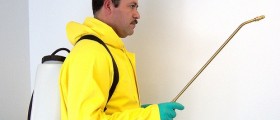
-And-Children-16-Warning-Signs-And-Symptoms_f_280x120.jpg)


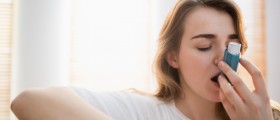

Your thoughts on this
Loading...